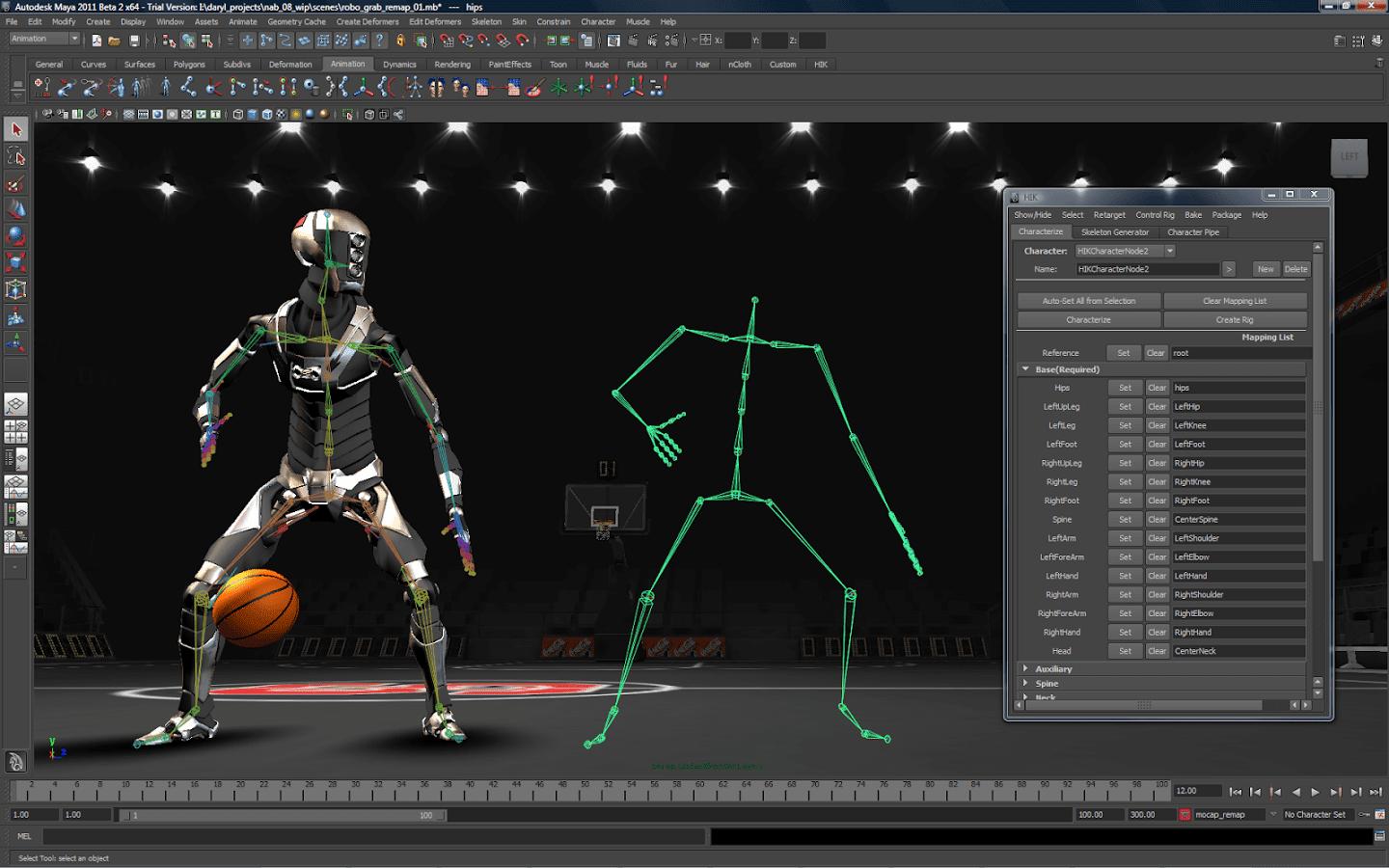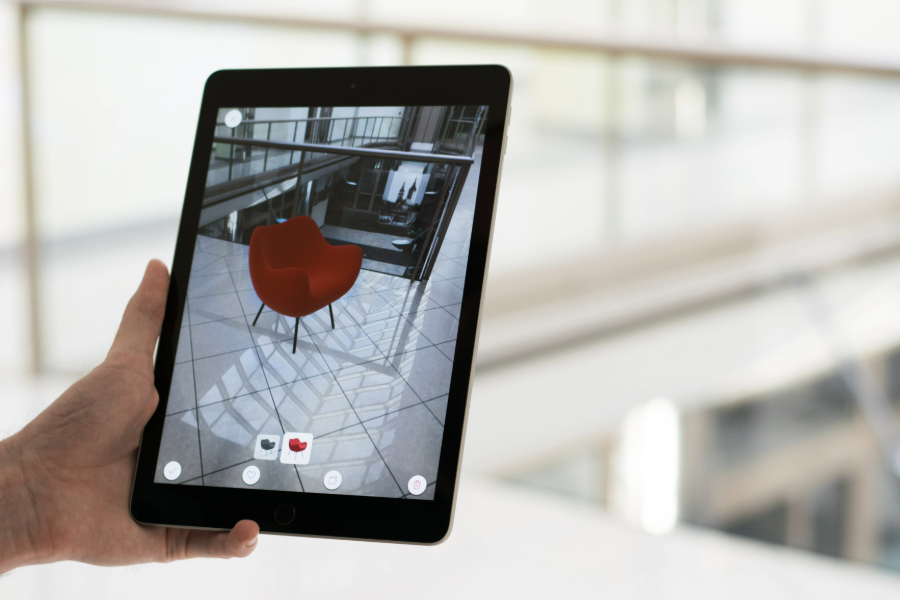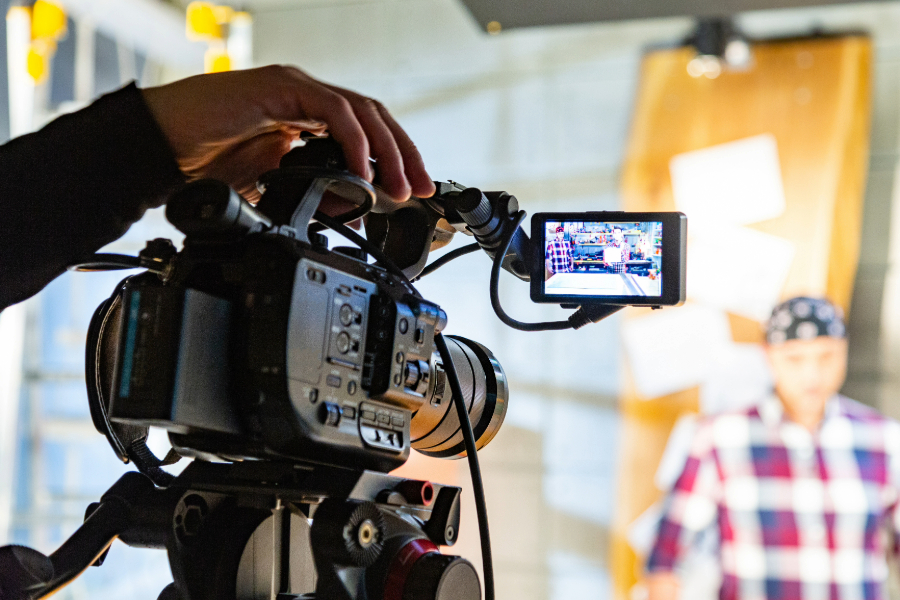The New Reality for Luxury Residential Real Estate
Using virtual reality (VR) in the real estate sales process is still a relatively new idea, but so far it has been making quite an impression on high-end buyers and tenants. Though VR may be out of reach for lower-priced properties, real estate with higher price tags have been enjoying the conveniences that come with it. Before we go over the benefits of virtual reality, let’s explore how this virtual landscape is created.
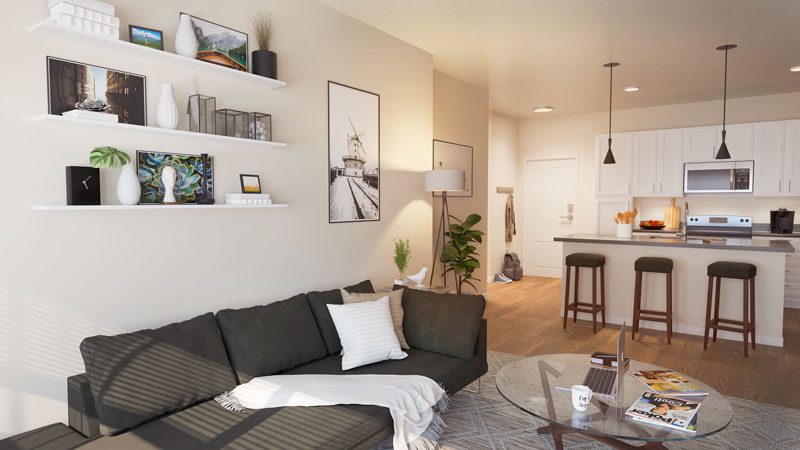
How It’s Done
If the property is already built, it is scanned with 3D imaging or captured with 3D video. There are specialized 3D imaging cameras geared toward professional real estate photography. They capture the room in 3D and then the rendering is uploaded to a virtual reality program where furniture, floorings, finishes, and wall covers can be added or changed.
When a real estate property has not been built yet, more time and expertise goes into building what the property will look like once it is completed. Blueprints, floorplans, building models, interior furnishings and finishes, along with other specs are provided to 3D Artists by the building’s architect, designer, and management team.
Outdoor views are also necessary to make the virtual experience complete. For those balcony and window views, drones are a great tool to use. The drone is flown over and around the exterior of the residence, and the images and video captured are combined with the virtual program. This lets the buyer get a realistic vision of what they would see if they were to look outside.
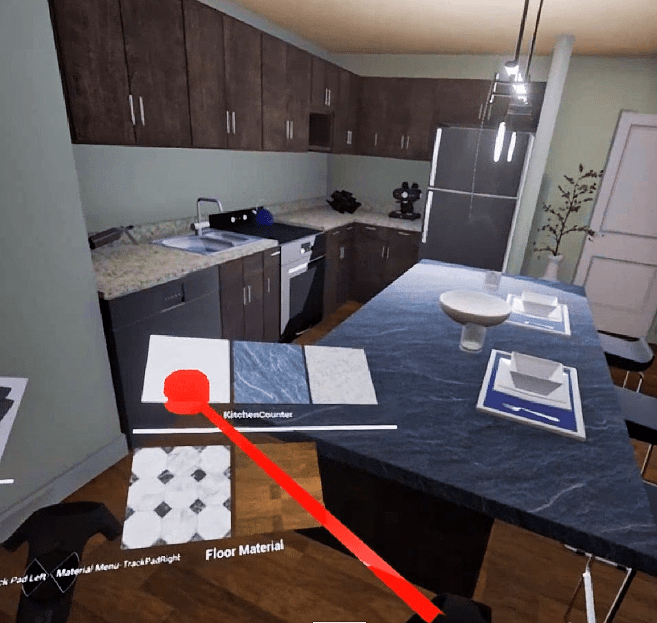
Virtual Staging
Staging can cost several thousands of dollars and because of that, staging styles are geared toward the masses. With VR, a potential buyer or tenant would be able to view the property with a variety of different furniture and finishes that suit their individual taste. This is a very powerful persuasion tool because it helps the buyer better visualize themselves living at that property.
Virtual reality is also ideal for residential real estate that is currently being built. Buyers who are interested in an unfinished property or unit would be able to take a virtual tour of the residence as it would look when it is completed. The tour would be an immersive virtual experience that takes the buyer throughout the property. It would also be a chance to try out different customizable features.
Saving Time
The time-saving aspect of virtual reality alone almost makes it worth the investment. In luxury residential real estate, there are often international buyers as well as out-of-towners. VR for these buyers is a fantastic way to show the property to them while saving the realtor’s and the client’s time and money. The need to travel to the property would be able to be limited to making final purchasing decisions.
Besides geographical limitations, traffic and the sheer time it takes to look at multiple properties are great reasons to use VR. People are able to get the most out of their viewing experience and he or she would have the ability to make a faster decision by seeing more units in a shorter amount of time.
Return on Investment
If a property is currently under construction, virtual reality is a great tool for securing per-leases or pre-sales. Since virtual reality gives people the opportunity to take a tour of the property without having to be at the property, selling and leasing new builds is much easier. This allows property investors and developers to start seeing a faster return on their investment. See how a luxury development in Spain sold over 30 units of their costal property before anyone even saw it in person.
One day, people may be able to put on a headset and visit and open house or leasing center straight from their living room. Thanks to virtual reality, the future of real estate will become more customized and efficient.
For more information on virtual reality or 360-degree video, please call us at (480) 237-1267, and see more of our VR work.
Sources: VirtualRealityReporter.com, RealtorMag.realtor.org
